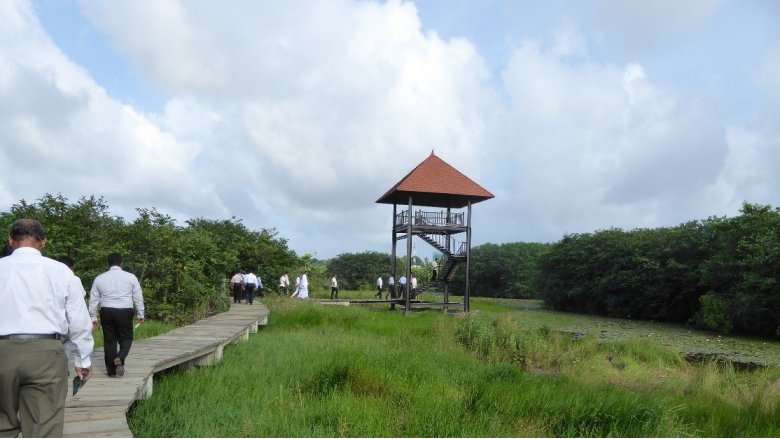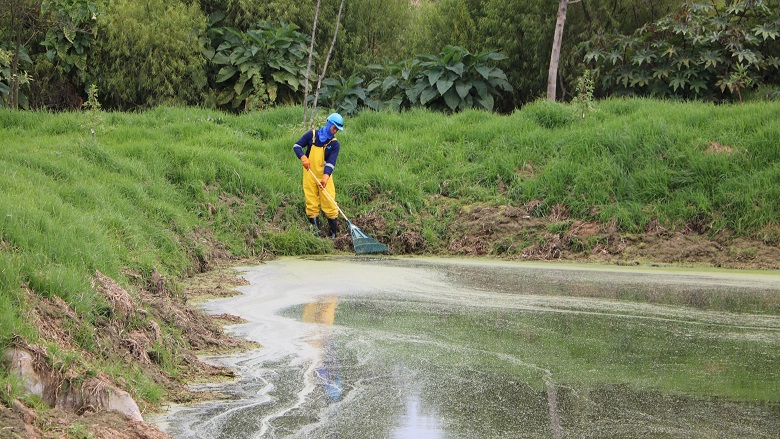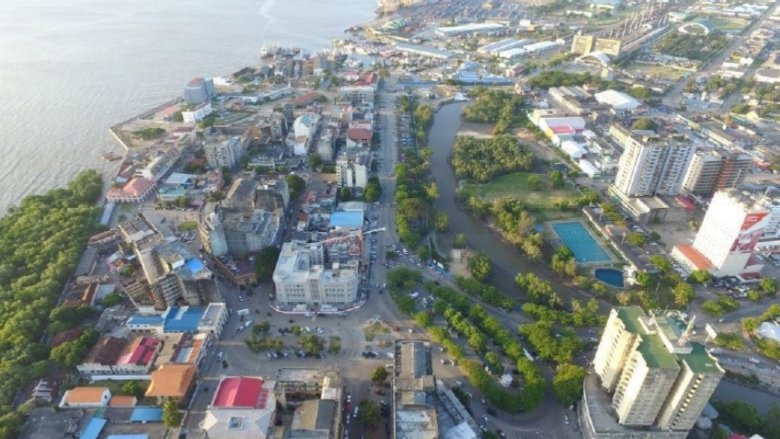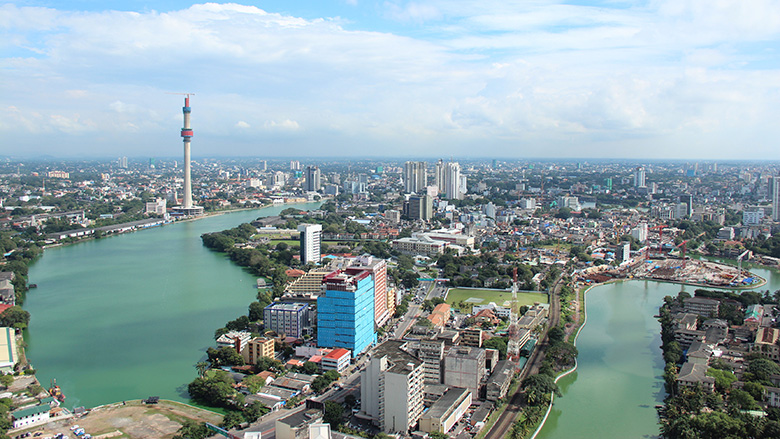Twelve years ago, a powerful, La Niña-fueled storm brought torrential rain to Colombia. Massive flooding and landslides caused hundreds of deaths. The capital city, Bogotá, experienced one of the worst emergencies in its history when its namesake river, Rio Bogotá, overflowed and reclaimed its floodplain. Water mixed with sewage, waste and debris flooded farmlands, homes, and schools.
In the wake of the disaster, the environmental authority for the Bogotá region embarked on a plan to reduce flooding and clean up the polluted river. The remedy called for a combination of flood-control infrastructure, expanded wastewater treatment, and nature-based solutions – an increasingly popular approach that, as its name suggests, seeks a solution in nature.
A project supported by the World Bank repurposed 165 hectares of multifunctional areas along the Rio Bogotá riverfront to allow space for floodwaters to flow through the city without posing risks to people or infrastructure. As a result, flood risk has been reduced for 1.2 million people, including 124 families who once lived on the banks of the river and have resettled outside of the flood zone.
Vegetation-filled flood zones also now connect the river hydrologically to once-extensive wetlands that, since 1950, have declined from 50,000 hectares to only 1,000, today. But the hope is that the wetlands will be gradually restored and once again lend their protection to the city.
Nature-based Solutions: A Cost-Effective Way to Foster Resilience and Biodiversity
Cities like Bogotá are increasingly looking to nature-based solutions to become more resilient to climate change. Also known as nature-based infrastructure or green infrastructure, these natural systems provide critical services. For example, wetlands reduce flooding, and mangroves lessen the impact of waves and storm surge. Nature-based solutions also foster biodiversity and can be particularly effective when they complement traditional “gray” infrastructure made of cement, steel or other human-made materials.
Colombia is hardly alone in weathering the rising toll of natural disasters. Over the last two decades, disasters have affected over 4 billion people, killing more than 1 million and causing around $2.9 trillion in economic losses. Degraded watersheds have had an impact on drinking water for more than 700 million people, costing cities a collective $5.4 billion in treatment, while droughts affect an average of 35 million people each year.
Since 2012, the World Bank has integrated nature-based solutions into more than 100 projects in 60 countries across four continents. Nature-based solutions also play a key role in climate change adaptation and in building resilience in landscapes and communities. Several nature-based solutions are being used to help manage disaster risk and reduce the incidence and impact of flooding, mudslides, and other disasters. They are a cost-effective way of addressing climate change while also addressing biodiversity and land degradation: You can address several problems at once.
Since 2012, the World Bank has integrated nature-based solutions into more than 100 projects in 60 countries across four continents.





